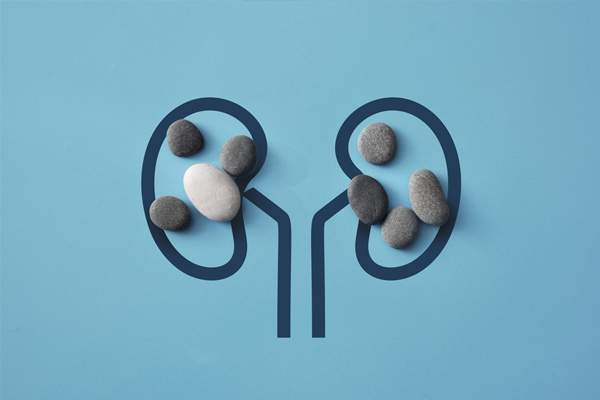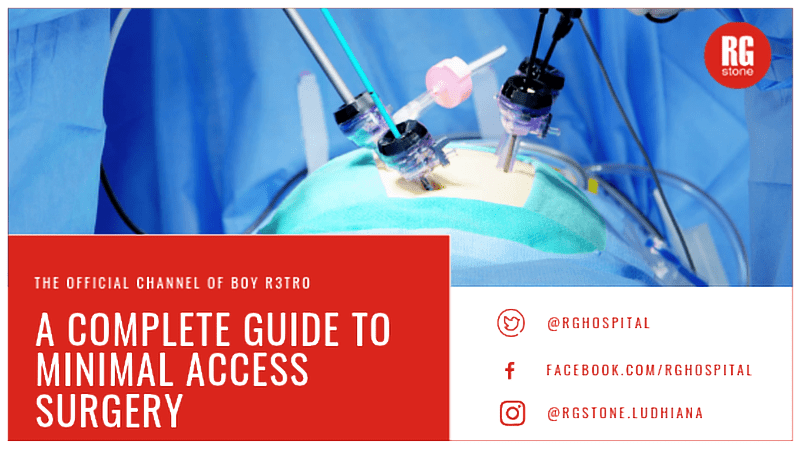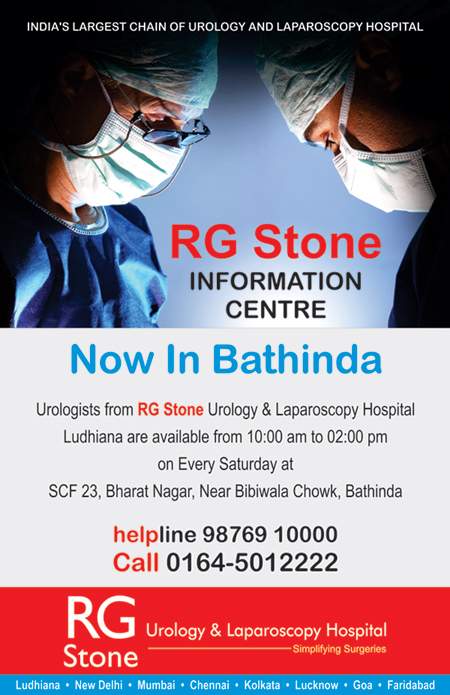पित्ताशय की थैली में संक्रमण, जिसे कोलेसीस्टाइटिस भी कहा जाता है, एक दर्दनाक और संभावित रूप से गंभीर चिकित्सा स्थिति है, जो दुनिया भर में हजारों लोगों को प्रभावित करती है। इस लेख में, हम पित्ताशय संक्रमण के कारणों, लक्षणों और उपचार के तरीकों के बारे में चर्चा करेंगे, इसलिए इस जानकारी को जानने के लिए लेख के साथ अंत तक बने रहें ;
पित्त की थैली में इन्फेक्शन के कारण क्या है ?
पित्ताशय की थैली में संक्रमण आमतौर पर तब विकसित होता है जब पित्त, एक पाचन तरल पदार्थ, विभिन्न अंतर्निहित कारकों के कारण पित्ताशय में फंस जाता है। तो इसके कुछ सामान्य कारणों में शामिल है, जैसे ;
पित्ताशय की पथरी :
पित्ताशय में संक्रमण का सबसे आम कारण पित्ताशय की पथरी की उपस्थिति है। ये छोटे, कठोर जमाव पित्त नलिकाओं में बाधा उत्पन्न कर सकते है, जिससे पित्ताशय में सूजन और संक्रमण हो सकता है।
पित्त में कीचड़ का जमाव :
यह पित्त, कोलेस्ट्रॉल और अन्य पदार्थों का मिश्रण है जो पित्ताशय में जमा हो सकता है, जिससे जलन और संक्रमण हो सकता है।
अवरुद्ध पित्त नलिकाएं :
पित्त नलिकाओं में रुकावट पित्त के प्रवाह को रोक सकती है, जिससे पित्ताशय की सूजन हो सकती है।
संक्रमण :
कभी-कभी, जीवाणु संक्रमण सीधे पित्ताशय पर आक्रमण कर सकता है, जिससे संक्रमण और सूजन हो सकती है।
पुरानी बीमारी :
कुछ पुरानी बीमारियाँ, जैसे मधुमेह या कमजोर प्रतिरक्षा प्रणाली, पित्ताशय संक्रमण के खतरे को बढ़ा सकती है।
पित्त की थैली में इन्फेक्शन को जानने के बाद आपको लुधियाना में पित्ताशय की पथरी का इलाज करवाना चाहिए।
पित्त की थैली में इन्फेक्शन के कारण अगर आपको मूत्राशय संबंधी समस्या हो गई है, तो इससे बचाव के लिए आपको लुधियाना में बेस्ट यूरोलॉजिस्ट का चयन करना चाहिए।
लक्षण क्या है पित्त की थैली में इन्फेक्शन के !
पित्ताशय की थैली में संक्रमण अक्सर कई प्रकार के असुविधाजनक लक्षण पेश करता है जिनकी गंभीरता अलग-अलग हो सकती है। वहीं सामान्य लक्षणों में निम्न शामिल है ;
पेट में दर्द :
मरीजों को अक्सर पेट के ऊपरी दाहिने हिस्से या केंद्र में तीव्र, लगातार दर्द का अनुभव होता है। यह दर्द पीठ या कंधे के ब्लेड तक फैल सकता है।
बुखार और ठंड का लगना :
पित्ताशय के संक्रमण के कारण तेज बुखार हो सकता है, साथ में ठंड लगना और पसीना भी आ सकता है।
मतली और उल्टी की समस्या :
कोलेसीस्टाइटिस से पीड़ित कई व्यक्तियों को मिचली आ सकती है और उल्टी भी हो सकती है।
पीलिया :
गंभीर मामलों में, जहां पित्त नलिकाएं अवरुद्ध हो जाती है, वहां आपको पीलिया की समस्या हो सकती है। इससे त्वचा और आंखों में पीलापन आ जाता है।
भूख में कमी का आना :
मरीजों की भूख कम हो सकती है और अनपेक्षित वजन घटने का अनुभव भी हो सकता है।
पित्ताशय की थैली के संक्रमण का इलाज क्या है ?
- पित्ताशय की थैली के संक्रमण का उपचार स्थिति की गंभीरता और अंतर्निहित कारणों पर निर्भर करता है। यहां कुछ सामान्य उपचार विधियों के बारे में बताएंगे जिनको जानकर आप पित्त की थैली में इन्फेक्शन से खुद का बचाव कर सकते है, जैसे ;
- कोलेसीस्टाइटिस के गंभीर मामलों में अक्सर अस्पताल में भर्ती होने की आवश्यकता होती है। संक्रमण से निपटने और लक्षणों को प्रबंधित करने के लिए अंतःशिरा (IV) तरल पदार्थ और एंटीबायोटिक्स दिए जाते हैं।
- दर्द एक प्रमुख लक्षण है, और असुविधा को कम करने के लिए दर्द की दवाएं निर्धारित की जाती है।
- पित्ताशय पर कार्यभार को कम करने और आगे की सूजन को रोकने के लिए मरीजों को कम वसा वाले आहार का पालन करने की सलाह दी जाती है।
- यदि पित्ताशय की पथरी संक्रमण का कारण बन रही है, तो डॉक्टर उन्हें हटाने के लिए एक प्रक्रिया की सिफारिश कर सकते है। यह सर्जरी (कोलेसिस्टेक्टोमी) या लैप्रोस्कोपी जैसी न्यूनतम इनवेसिव विधियों के माध्यम से किया जा सकता है।
- कुछ मामलों में, जब पित्ताशय गंभीर रूप से संक्रमित या अवरुद्ध हो जाए, तो एकत्र किए हुए पित्त को निकालने के लिए जल निकासी प्रक्रिया आवश्यक हो सकती है।
- भविष्य में पित्ताशय की समस्याओं को रोकने के लिए मरीजों को अक्सर जीवनशैली में बदलाव जैसे वजन प्रबंधन, नियमित व्यायाम और स्वस्थ आहार लेने के लिए प्रोत्साहित किया जाता है।
- उपचार के बाद, रोगियों को अपनी स्थिति की निगरानी करने और पूर्ण वसूली सुनिश्चित करने के लिए नियमित अनुवर्ती नियुक्तियों में भाग लेना चाहिए।
- यदि आपको पित्ताशय की थैली में संक्रमण का संदेह है तो तुरंत चिकित्सा सहायता लेना आवश्यक है, क्योंकि अनुपचारित मामलों में पित्ताशय की थैली का टूटना, फोड़ा बनना या अग्नाशयशोथ सहित गंभीर जटिलताएं हो सकती है।
पित्त की थैली में इन्फेक्शन के इलाज के लिए बेस्ट हॉस्पिटल !
पित्त की थैली में इन्फेक्शन जैसी गंभीर समस्या का आप अगर सामना कर रहें है तो इससे बचाव के लिए आपको आरजी स्टोन यूरोलॉजी और लेप्रोस्कोपी हॉस्पिटल का चयन करना चाहिए। वहीं पित्त में इन्फेक्शन के दौरान किसी भी तरह के उपाय को खुद से न अपनाएं जब तक डॉक्टर से सलाह न लें।
निष्कर्ष :
पित्ताशय की थैली में संक्रमण एक दर्दनाक और संभावित खतरनाक स्थिति है जो पित्ताशय की पथरी, रुकावट और संक्रमण सहित विभिन्न कारणों से हो सकती है। प्रभावी उपचार और पूरी तरह से ठीक होने के लिए लक्षणों को पहचानना और तुरंत चिकित्सा देखभाल प्राप्त करना महत्वपूर्ण है। चाहे एंटीबायोटिक्स, सर्जरी, या जीवनशैली में बदलाव के माध्यम से, उचित उपचार दृष्टिकोण व्यक्ति की विशिष्ट स्थिति और उसकी गंभीरता पर निर्भर करेगा। सही देखभाल के साथ, कई व्यक्ति सफलतापूर्वक पित्ताशय के संक्रमण पर काबू पा सकते है और एक स्वस्थ जीवन का आनंद ले सकते है।




 RG Stone has become the first hospital in Ludhiana to get Safe-I certificate from National Accreditation Board for Hospitals & Healthcare Providers (NABH).
RG Stone has become the first hospital in Ludhiana to get Safe-I certificate from National Accreditation Board for Hospitals & Healthcare Providers (NABH). 

